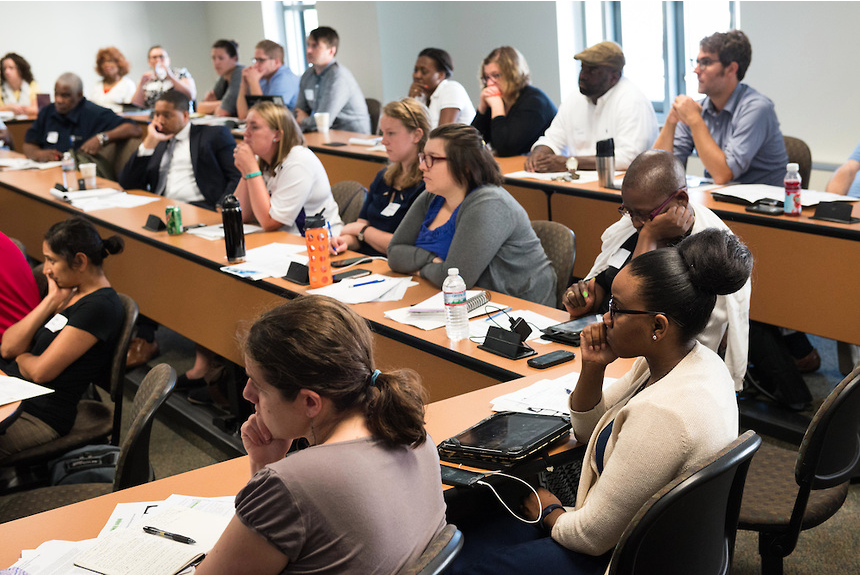The Baltimore Neighborhood Indicators Alliance-Jacob France Institute (BNIA-JFI) has been a resource on the University of Baltimore’s campus since 2007. BNIA-JFI produces Vital Signs, an annual report on quality of life indicators of Baltimore neighborhoods available online. The Vital Signs data are bits of information that together create a profile of places and help anyone understand the trends in Baltimore’s neighborhoods. Scholarship and learning using the data are well-aligned with many academic programs focusing on civic engagement and service-based learning. Faculty and students across the metropolitan region use Vital Signs data in a variety of interdisciplinary ways.
We have a few exciting opportunities for using this data in your classrooms and communities.
Vital Signs 13 This annual report examines Baltimore City data for eight different topic areas:
- Census Demographics
- Housing and Community Development
- Children and Family Health & Well-Being
- Crime and Safety
- Workforce and Economic Development
- Arts & Culture
- Education and Youth
- Sustainability.
Use any of the chapters in Vital Signs as required reading in your classes. Download the report here.
Data Downloads: Vital Signs the data is posted in multiple formats online at our website. Whether you want to look at data by topic area, community, or individual indicators, we have the tools you can use! Access our multimedia website to explore Baltimore’s neighborhoods through the data. Introductory videos are also available to use during class.
Instructor Resources: You can use guided learning modules in your classroom that utilizes the Vital Signs data. You can find these modules on our website in the Learning Community section. The modules include topics such as:
- Introduction to Vital Signs
- Poverty and Education
- Child Well-Being and Health
- Social Determinants of Health
- Urban Sustainability
These learning supports were developed through generous support from the University of Baltimore Foundation Fund for Excellence Grant and the Provost’s Technology Grant.



